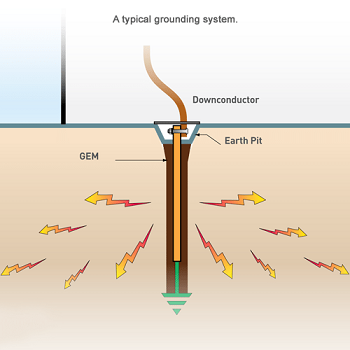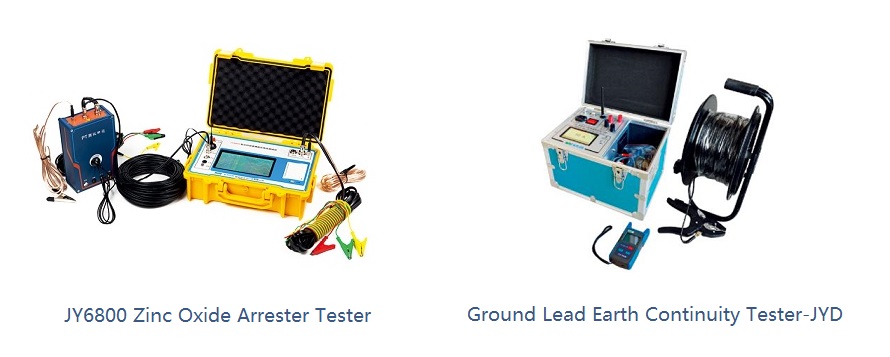5 Effective Ways to Reduce Ground Resistance
The grounding resistance value is the resistance encountered when the current flows from the grounding device to the ground and then flows through the ground to another grounding body or spreads far away. It is also an important parameter used to measure whether the grounding state is good in lightning protection projects. In engineering construction, reasonable resistance reduction methods can be adopted according to soil conditions and customer needs. Today, I will introduce to you several methods to reduce grounding resistance from two perspectives.
Improve soil resistivity
Method 1: Local soil replacement
Replace the original higher resistivity soil with soil with lower soil resistivity such as peat, black soil, and clay. The replacement range is within the range of 0.5~2m of the grounding body and the area near the ground side is greater than or equal to 1/3 of the length of the grounding electrode.
Method 2: Soil modification
Add cinder, salt, charcoal powder, lime and other substances to the soil around the grounding body to improve soil conductivity. Although this method has low cost and obvious effect, its shortcomings are also more prominent. If salt is used to transform the soil, the amount of salt required for a tubular grounding body is about 30~40kg, which can reduce the grounding resistance of sandy soil to about 1/6~1/8 of the original soil. To 2/5~1/3, but in the long run, it will not only accelerate the corrosion of the grounding body, but also gradually increase the grounding resistance due to the dissolution and loss of salt: if charcoal is used, although it will not be dissolved and penetrated, the effective time will be longer. , but the effect is not good in soils with more rocks.
Method 3: Use electrolytic grounding electrode
This method uses electrolytic earth electrodes instead of ordinary electrodes, which has a long service life and is basically suitable for all soil environments. The electrolytic earth electrode is filled with crystals of environmentally friendly compounds in a metal tube, the metal tube is buried underground, and the breathing holes on the metal tube absorb the moisture of the soil, so that the compound crystals become an electrolyte solution, which flows into the surrounding soil from the breathing holes, and forms in the soil. Electrolyte ion soil with good conductivity in sheets, in the underground of sandy soil and rock geological structure, the electrolyte can penetrate into the depth direction of sandy clay and around the rock surface, so that the original sandstone geological structure with extremely poor conductivity forms a good soil. Electrolyte conduction channel, so as to achieve the effect of reducing soil resistivity in a wide range.

Grounding method to reduce resistance
Method 4: Epitaxy Grounding
This method is suitable for the situation where the grounding resistance value is small and difficult to achieve in situ. Use the nearby soil or water source with low resistivity as the grounding place to lay the grounding net or make the grounding electrode, and then connect the metal grounding wire to achieve the extension grounding. It should be noted that when the length of the horizontal grounding body increases, the influence of the inductance increases, so that the impact coefficient increases. When the grounding body reaches a certain length, even if the length is increased, the impact grounding resistance will no longer decrease. .
Method 5: Deep Buried Grounding
This method is suitable for environments where resistivity decreases rapidly with increasing substrate depth. By drilling holes with tools, the grounding bodies are deeply buried, and then materials such as mud or carbon slurry are poured into the holes and wells. Finally, multiple grounding bodies that have been processed in the same way are connected in parallel to form a complete grounding body.
Through the above methods, the grounding resistance can basically be effectively reduced.



Kingrun Transformer Instrument Co.,Ltd.


More Transformer Testers from Kingrun






